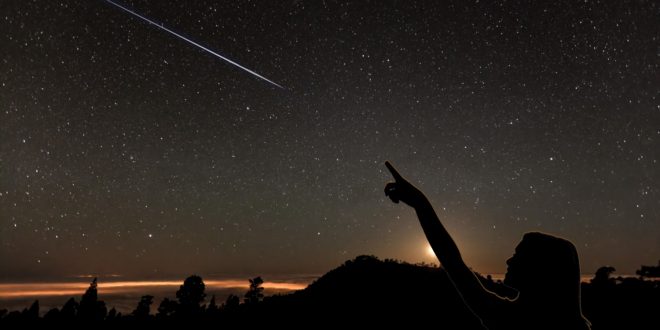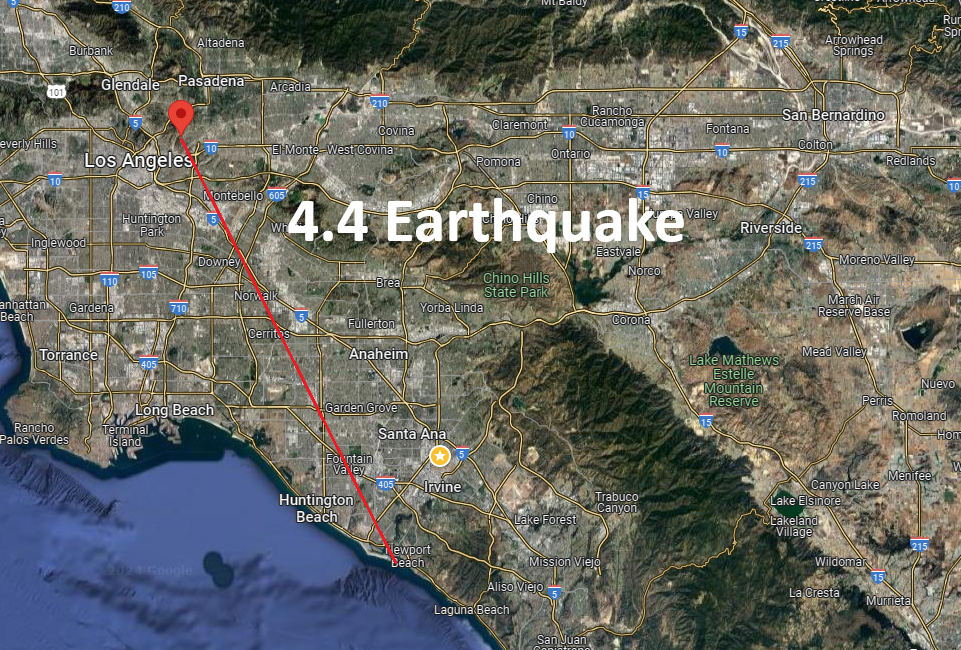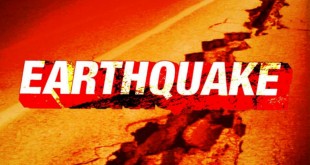More exciting than a meteor shower is a meteor storm! While meteor showers can produce shooting stars at the rate a dozen or so per hour, meteor storms can produce them at the rate of several per minute. These are quite rare, the last one happening nearly a quarter-century ago, in 1995, where it produced 400 shooting stars per hour. In 1985, 700 shooting stars per hour, In 1966, observers witnessed 2400 per hour, 1935 1,000 per hour, and 1925 1,000 per hour. On this storm, a minimum rate expected is to be 100/hr (1 to 2/min) and the maximum expected rate is 17 per minute (1,000 per hour)– but we are always open to being happily surprised!
A meteor storm is caused by a close-call with an asteroid, kicking space debris in our general direction.
As with all meteor showers, cloud cover, humidity, and light pollution are the variables to our gamble. Tonight, the biggest light polluter– the moon– will set before the sun does. The humidity should be nice, and the clouds? We will see how those pan out. Currently, it looks like it might be okay, according to ClearDarkSky, here: https://www.cleardarksky.com/c/IvRgPkCAkey.html?1
This particular meteor shower (the “Alpha Monocerotid” shower) is due to an unknown long-period asteroid pushing space debris into our path– so they are all coming at once, rather than an all-night show. The predictions for our area are that we should begin looking at the skies at 8:50pm and the show will end around 10pm– BUT THESE ESTIMATES COULD BE AN HOUR OFF IN EITHER DIRECTION. Estimates are that this event will last somewhere between 15 and 45 minutes
“At the time of the predicted outburst, the radiant will lie near the horizon for observers located on the west coast of North America. From that location only a few long earthgrazers may be seen shooting upward from the eastern horizon. As you move eastward conditions improve with the radiant lying approximately 30 degrees high from the east coast of North America.”, according to AMS.
In English, this means that the West Coast– while not in a prime location– may see some spectacular “earth-grazers” (long, streaming meteorites) shooting upwards from the eastern horizon. So if you go out to a spot, make sure you have a clear view of the horizon, eastward.
Even if the outburst does not unfold as we are hoping and completely bellyflops, people should still be able to see up to 10 “sporadic” meteors per hour, according to the AMS. So even if we lose… we win 🙂
 Save Newport Real News in Newport Beach
Save Newport Real News in Newport Beach




